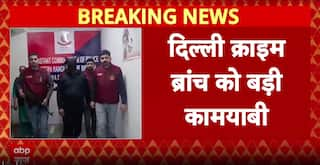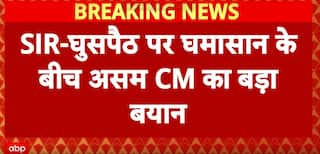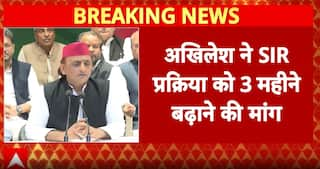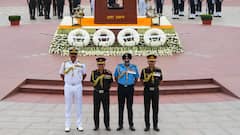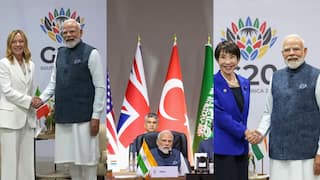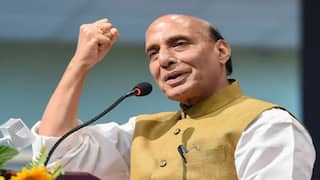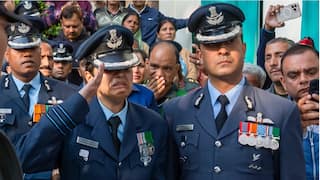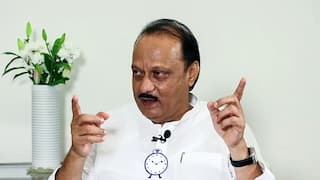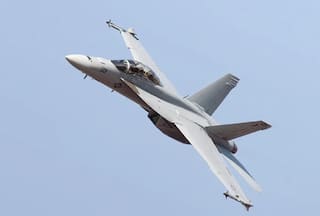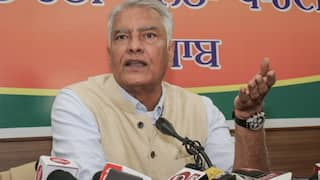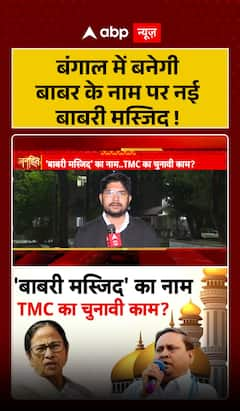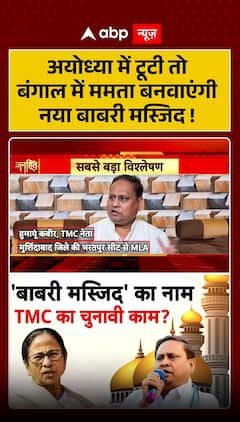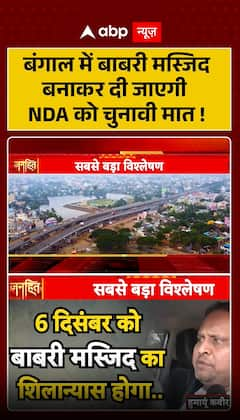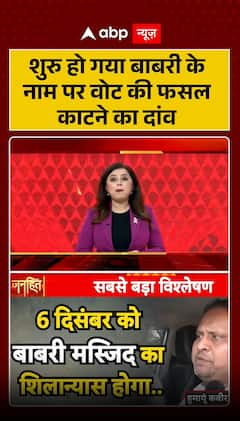PM Modi Invites Japan Ex-PM And His 'Ganesh Group' Of MPs To India. Know About The Group
Former Japanese Prime Minister Yoshihide Suga is part of the 'Ganesh group' of MPs.

New Delhi: Prime Minister Narendra Modi, who is in Tokyo for the second in-person Quad leaders' summit, met former Japan PM Yoshihide Suga on Tuesday and invited him and the "Ganesh group" of MPs to India. Yoshihide Suga is part of the "Ganesh group" of MPs.
"Former Japan PM Yoshihide Suga belongs to a group of MPs called Ganesh group. PM Modi appreciated him for this. PM Modi also invited the Ganesh group of MPs to visit India and visit the festivities during Ganeshotsav this year," ANI quoted officials in the know of the development as saying.
Following the meeting between the two leaders, MEA spokesperson Arindam Bagchi tweeted, "PM appreciated the contribution of Yoshihide Suga in deepening the India-Japan partnership, particularly people-to-people ties."
So, what is the Ganesha Group of MPs?
Yoshihide Suga, who served as Prime Minister of Japan from 2020 to 2021, neither belonged to any of the traditional ruling Liberal Democratic Party's factions, nor a family of politicians. He, however, had groups of supporters.
When former Japan PM Shinzo Abe announced his surprise resignation in August 2021, a group of 14 LDP lawmakers voiced their unwavering support for Suga to run for the LDP presidential election, a report in Nikkei Asia said.
All these 14 young LDP legislators did not belong to a faction and did not have parents or grandparents who were lawmakers. It was then that a Japanese MP, Manabu Sakai, named this group of 14 legislators "Ganesha", after the Hindu god worshiped as a destroyer of obstacles, Reuters reported.
The Ganesha group, formed in 2015, is the most prominent Suga support group. The group does not have a formal list of members but uses small figures of Ganesha as a "certificate" of membership. As per a report in Nikkei, one lawmaker bought the images as souvenirs from an overseas trip and distributed them among the members.
Suga also got the backing of a separate group of ten lawmakers, who formed another organisation and named it after the new imperial era called "Reiwa".
In total, 30 to 40 such LDP lawmakers became Suga's political allies and were together known as the "Suga group". By taking care of such young members in the LDP who did not belong to any faction, Suga climbed the party ladder and built his power base.











